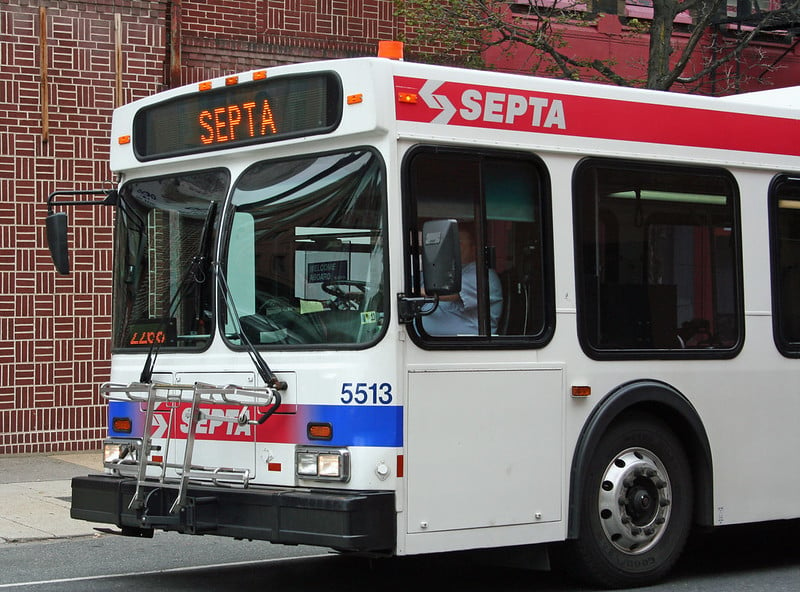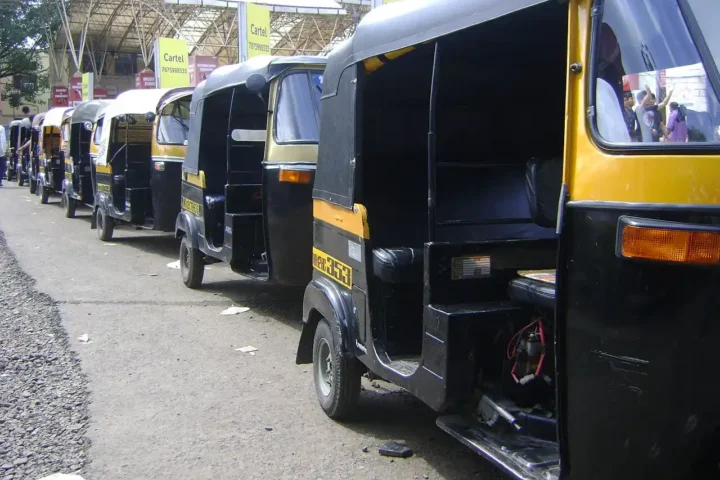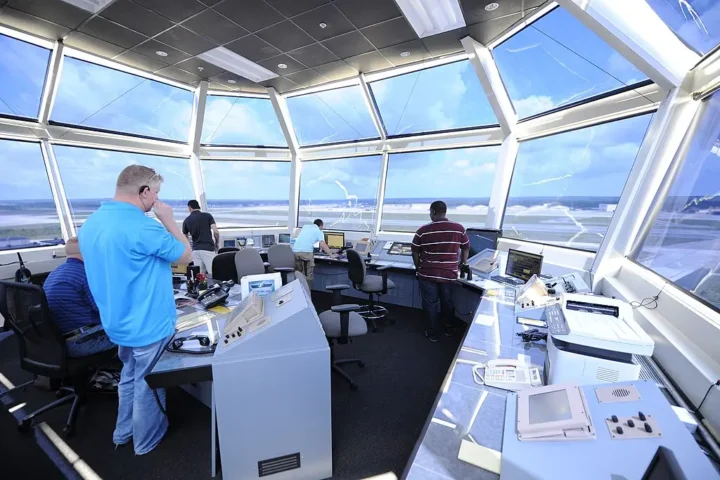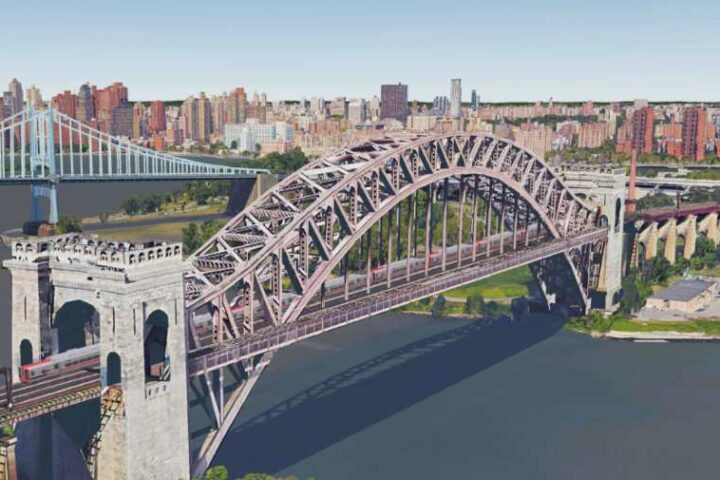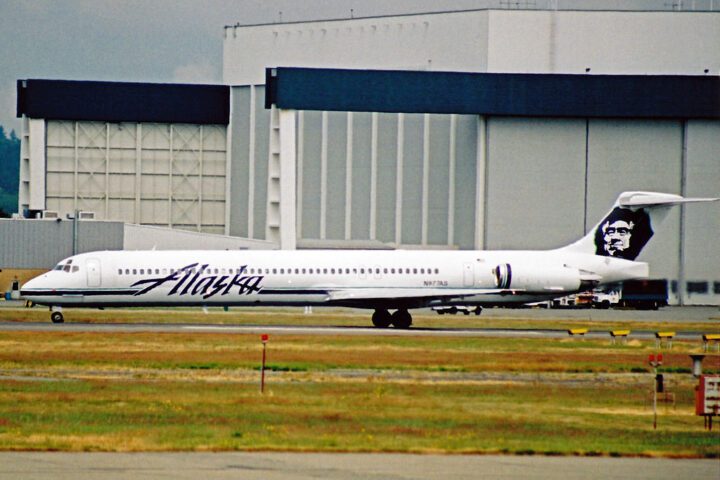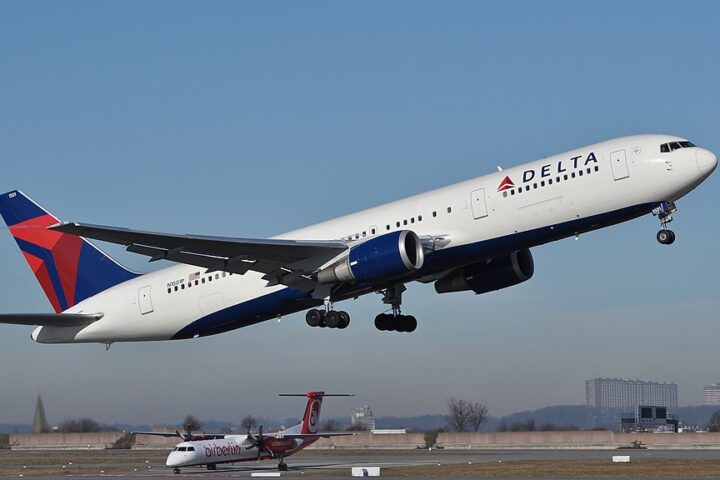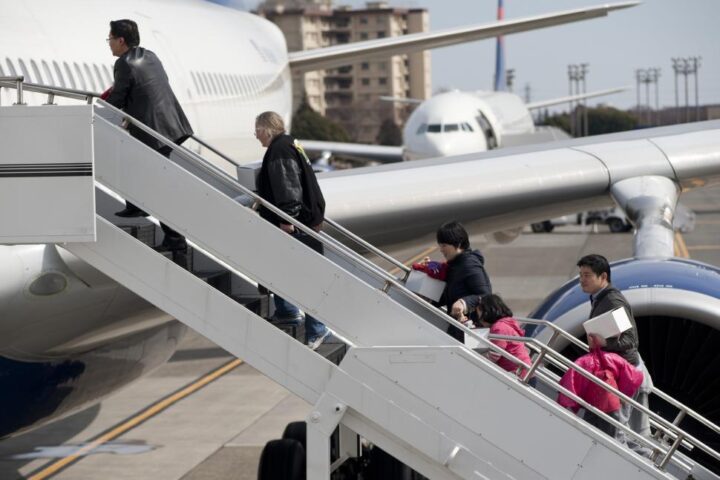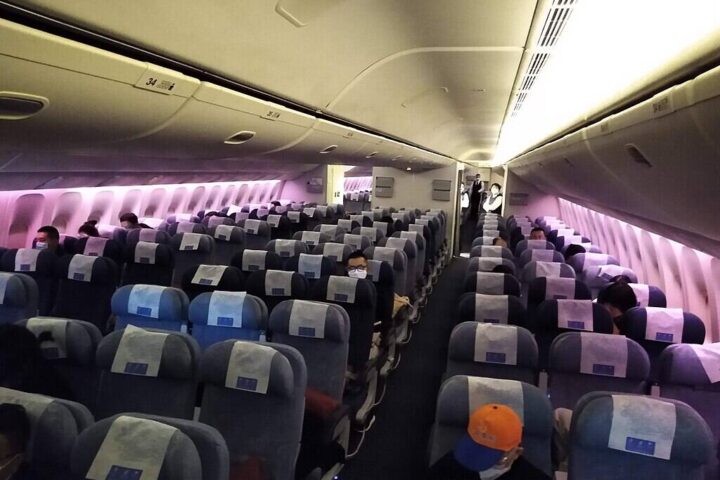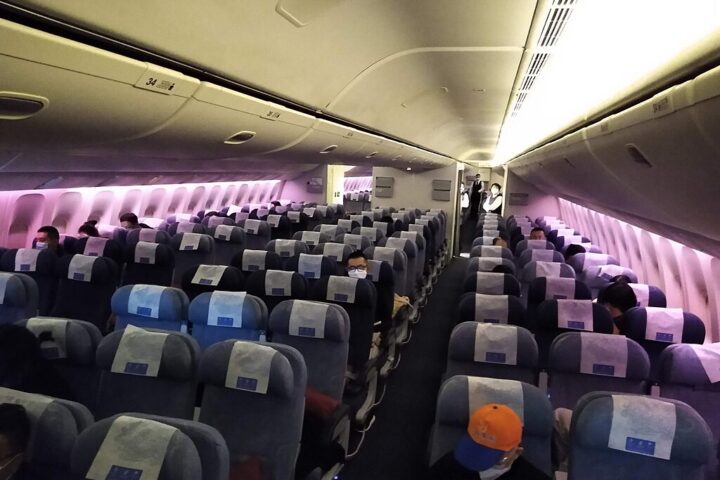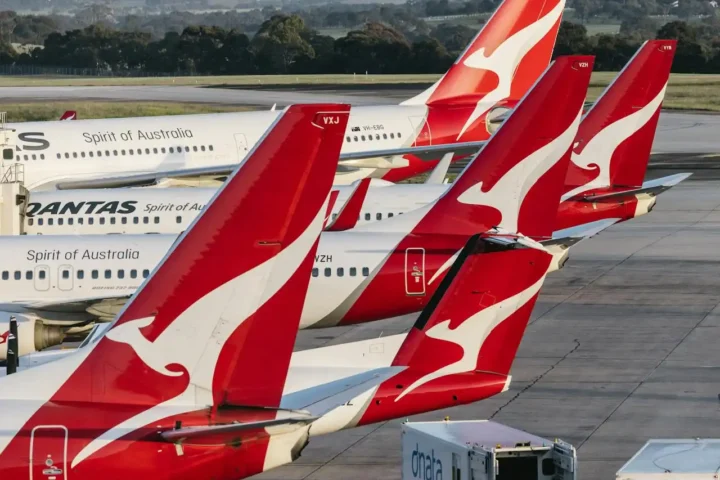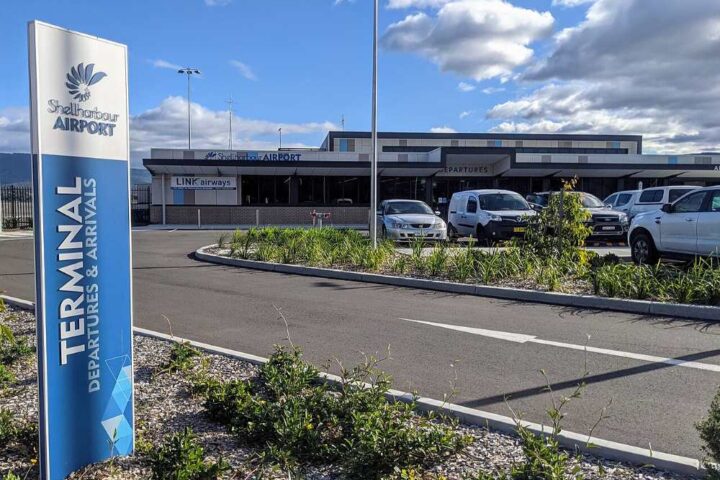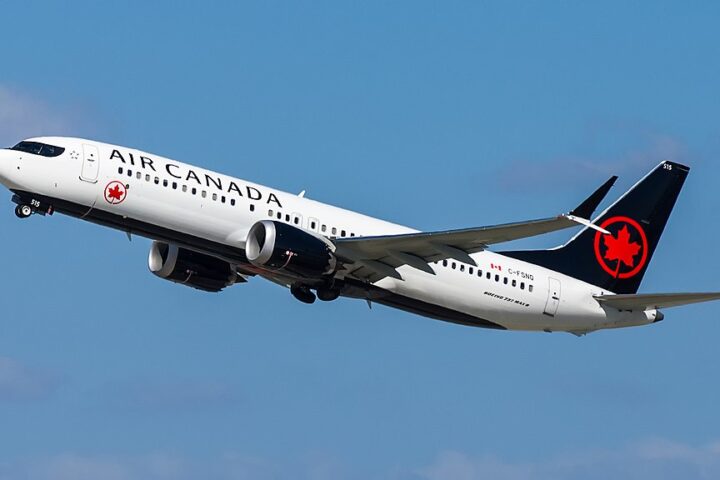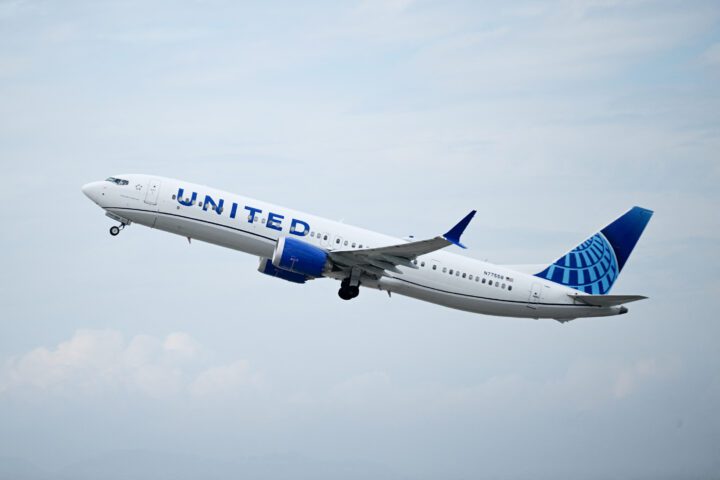SEPTA’s belt-tightening efforts have paid off with $91.4 million in yearly savings and new revenue through its Efficiency & Accountability Program, marking a bright spot as the transit agency faces serious money troubles.
The program, which started in 2021, has found creative ways to save money and boost income. SEPTA workers came up with 140 different ideas to cut costs and work smarter. These changes, plus strict spending limits like freezing management hiring and cutting back on consultants, helped shrink SEPTA’s budget gap from $240 million to $213 million.
“We’re showing that we handle public money carefully, but we can’t simply cut our way out of this funding crisis,” explains SEPTA Interim General Manager Scott Sauer.
Three key improvements stand out:
First, SEPTA is cracking down on fare skipping, which costs $20 to $30 million annually. Transit police now run targeted enforcement at stations, and new high gates make it harder to jump turnstiles. These changes have a potential to bring in $4 million in new revenue.
Second, SEPTA’s Regional Rail Engineer and Conductor Training Program addresses critical staffing shortages and could save $11.3 million by reducing overtime costs. This also helps workers maintain a better work-life balance.
Third, SEPTA is getting smarter about using its property. By working with developers to build housing and shops near train stations, SEPTA could earn $9 million more yearly while making stations more lively and convenient for riders.
Small changes add up too. For example, giving cashiers small computers to communicate with managers saved $108,824 in 2023 by cutting paper notices. SEPTA even started its own insurance company, Broad Street Risk Solutions, saving $7.9 million in insurance costs this year.
Similar Posts
Building on this success, SEPTA is launching a second round of improvements aiming to save another $76 million over three years. But even with these savings, SEPTA still faces serious money problems when federal COVID relief funds run out in July 2025.
Without more state funding, SEPTA might need to make painful cuts: closing 66 stations, ending 50 bus routes, stopping five Regional Rail lines, and raising fares by 21.5%. These changes would affect hundreds of thousands of daily riders who rely on SEPTA to get to work, school, and medical appointments.

The savings program shows SEPTA can work more efficiently, but deeper funding issues remain. As SEPTA Board Chair Kenneth Lawrence Jr. puts it, “Making ourselves more efficient must be part of fixing our money problems, but it’s not the whole solution.”
For riders, the program’s success means SEPTA is working hard to save money before considering service cuts. But the next year will be crucial in determining whether these efficiency gains can help prevent major service reductions that would affect daily life across southeastern Pennsylvania.
